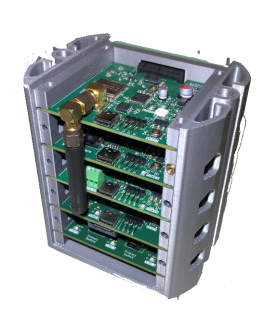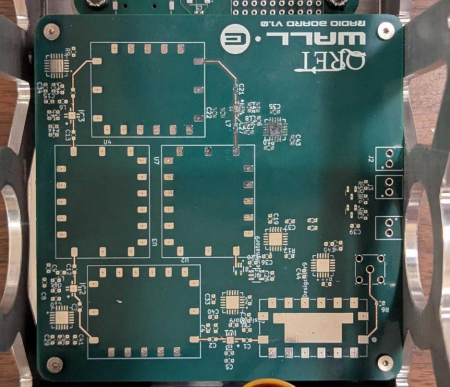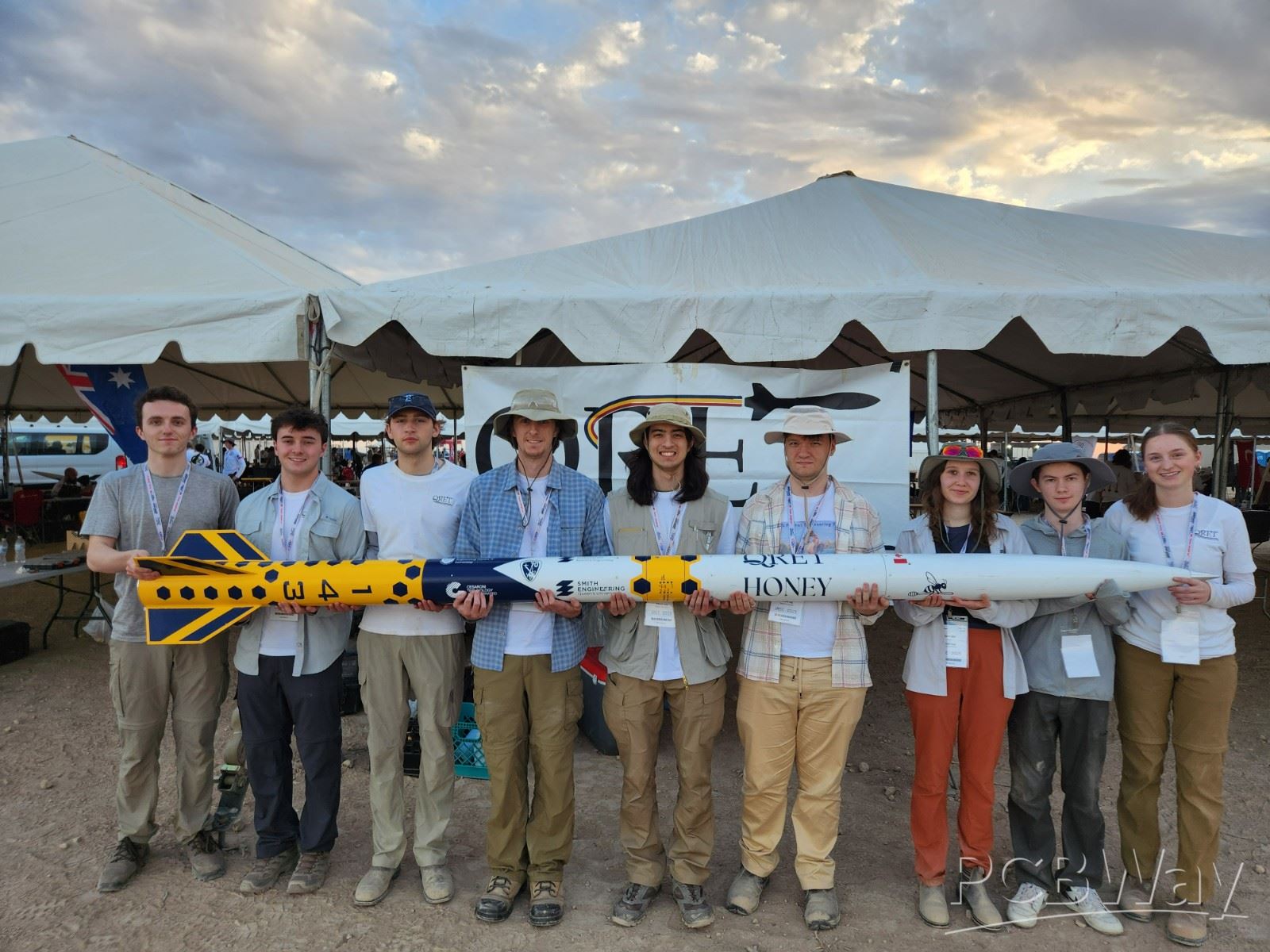

Queen's Rocket Engineering Team
QUEEN'S ROCKET ENGINEERING TEAM
The Queen’s Rocket Engineering Team (QRET) is a dynamic, multi-disciplinary student organization dedicated to advancing aerospace engineering and rocketry at Queen’s University. Every year, QRET's 100 members design and construct an advanced sounding rocket, pushing the limits of technical innovation and design. QRET has a long history of competing at premier rocketry competitions, including the International Rocket Engineering Competition (IREC) in New Mexico and the Launch Canada Challenge (LC) in Timmins, Ontario. QRET has a strong track record of success, securing 1st place in the Basic Category at LC in 2023 and 3rd place in 2024, as well as earning 3rd place in the Technological Development Challenge in 2024.
Three of QRET's subteams use custom PCB's in their designs:
AVIONICS
The avionics subteam designs the custom altimeters, sensor, GPS and communication modules. They are placed in a stack sharing a backplane that enbables board to board comunication and power delivery. The system's modularity also allows it to be improved and expanded in future years, with different modules being upgraded or replaced as the team's requirements change.

PAYLOAD
Each year's payload is different! Each year an experiment is sent up in the rocket. This year the team's payload was named Water and Land L-Band Explorer (WALL-E). WALL-E's goal was to prove the feasibility of future satellite missions to provide higher resolution global soil moisture data at a higher frequency. Using a Raspberry Pi Camera and an SRAD radiometer, the payload will take optical images and radio measurements of blackbody radiation emitted by the earth. The payload consists of four main subsystems - the radio subsystem, the camera subsystem, the attitude determination subsystem, and the data processing subsystem.

PROPULSION
The team is currently developing a hybrid rocket engine. We use custom circuit boards for our sensor data collection, valve control and for regulating the pressure of our fuel. Here is a video documenting the process of the teams first engine test.
- soundingrocket
- rocketengine
- unversity
- rocket
You might like
- Comments(0)
- Likes(0)








